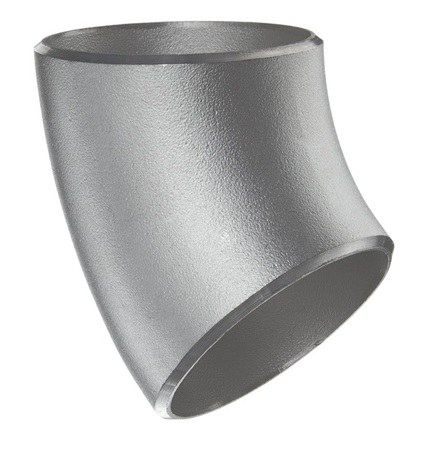-
Cangzhou Yulong Steel Co., Ltd.
-
Phone:
+86 13303177267 -
Email:
admin@ylsteelfittings.com

Jul . 27, 2024 10:23 Back to list
75mm 90 Degree Elbow for Efficient Piping Solutions in Residential and Industrial Applications
Understanding the 75mm 90-Degree Elbow Applications and Importance in Piping Systems
In the realm of plumbing and piping systems, components such as elbows play a pivotal role in ensuring the efficient transportation of fluids. One such essential component is the 75mm 90-degree elbow. This article aims to explore its significance, applications, production materials, and installation practices in various industries.
What is a 75mm 90-Degree Elbow?
A 75mm 90-degree elbow is a type of pipe fitting that changes the direction of a pipe by 90 degrees. The 75mm specification refers to the nominal diameter of the pipe—indicating that it connects with a pipe of that width. This fitting is used to facilitate smooth transitions in piping layouts, allowing for efficient flow and minimizing pressure loss.
Applications of 75mm 90-Degree Elbows
These elbows are versatile components found in multiple sectors, including
1. Residential Plumbing In household plumbing systems, 75mm 90-degree elbows are commonly used to reroute water supply lines, ensuring that plumbing fixtures remain functional and optimally placed. They help to navigate around obstacles within walls or beneath floors.
2. Industrial Piping Industries such as oil and gas, chemical manufacturing, and food processing frequently utilize 75mm 90-degree elbows in their piping systems. The fittings ensure that materials or chemicals can be transported efficiently through complex piping networks while maintaining safety and regulatory compliance.
3. HVAC Systems In heating, ventilation, and air conditioning (HVAC) systems, these elbows help direct airflow throughout the ductwork, enabling the efficient distribution of air in residential and commercial properties.
4. Irrigation Agricultural applications also utilize elbows to manage irrigation systems effectively. By redirecting pipes, farmers can ensure that water reaches plants in a controlled and efficient manner.
Materials Used
The choice of material for a 75mm 90-degree elbow depends on the specific requirements of the application, including temperature, pressure, and the type of material being transported. Common materials include
75mm 90 degree elbow

- PVC (Polyvinyl Chloride) Lightweight and resistant to corrosion, PVC elbows are often used in low-pressure water systems and irrigation.
- CPVC (Chlorinated Polyvinyl Chloride) Suitable for hot water applications, CPVC elbows can withstand higher temperatures and pressures than standard PVC.
- Stainless Steel Used in industries such as food processing and pharmaceuticals, stainless steel elbows offer excellent durability and resistance to corrosion.
- Copper Known for its reliability and longevity, copper elbows are commonly used in both residential and commercial plumbing systems.
Installation Practices
Installing a 75mm 90-degree elbow requires careful consideration to ensure a secure and leak-free connection. The process typically involves
1. Cutting the Pipe Accurate measurements must be made to cut the pipe to the correct length for fitting the elbow.
2. Deburring The cut end of the pipe should be deburred to remove any sharp edges that could damage the fitting or create leaks.
3. Joining Methods Depending on the material, different joining methods such as solvent welding (for PVC), soldering (for copper), or mechanical joints (for stainless steel) may be used.
4. Testing After installation, pressure testing is often conducted to ensure that there are no leaks in the system.
Conclusion
The 75mm 90-degree elbow is a fundamental component in various piping systems, serving vital roles in residential, industrial, and agricultural applications. Understanding its importance, materials, and proper installation methods is crucial for anyone involved in piping and plumbing design or maintenance. By ensuring that these fittings are installed correctly, one can maintain the efficiency and safety of fluid transport systems across multiple sectors.
Latest news
-
ANSI 150P SS304 SO FLANGE
NewsFeb.14,2025
-
ASTM A333GR6 STEEL PIPE
NewsJan.20,2025
-
ANSI B16.5 WELDING NECK FLANGE
NewsJan.15,2026
-
ANSI B16.5 SLIP-ON FLANGE
NewsApr.19,2024
-
DIN86044 PLATE FLANGE
NewsApr.19,2024
-
DIN2527 BLIND FLANGE
NewsApr.12,2024
-
JIS B2311 Butt-Welding Fittings LR/SR 45°/90° /180°Seamless/Weld
NewsApr.23,2024
-
DIN2605-2617 Butt-Welding Fittings LR/SR 45°/90°/180° Seamless/Weld
NewsApr.23,2024











